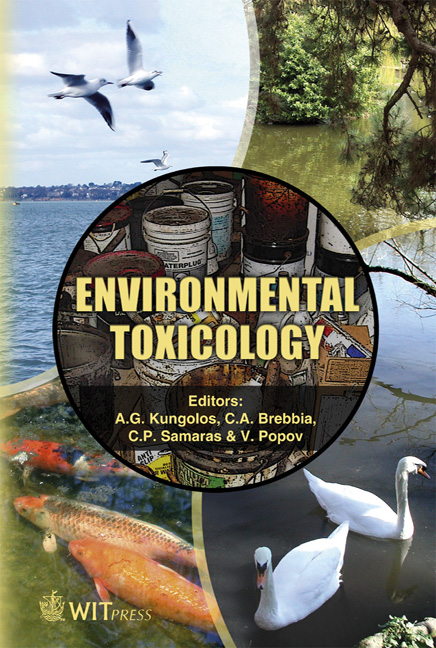In Situ Sludge Reduction By Microorganisms
Price
Free (open access)
Transaction
Volume
10
Pages
6
Published
2006
Size
403 kb
Paper DOI
10.2495/ETOX060121
Copyright
WIT Press
Author(s)
S. Banerjee & U. Hooda
Abstract
A mixture of facultative microorganisms added to pulp mill aeration stabilization basins is able to reduce sludge in situ over several months. Laboratory work shows that pulp fibers exposed to a cell-free extract prepared from the microorganisms are degraded through consumption of their hemicellulosic fraction. However, the process is quite slow; a controlled field study run for seven months did not lead to mineralization of the sludge. Keywords: sludge, microorganisms, hemicellulose, treatment systems, fiber, ASB. 1 Introduction Wastewater treatment in the paper industry is done with activated sludge systems or with aerated stabilization basins, ASBs [1, 2]. ASBs need to be dredged periodically and the associated sludge handling and disposal costs are substantial [3, 4]. A recent innovation introduced by Remediation Resources Inc (RRI) of Pembroke, GA, controls the sludge depth in situ by introducing a suite of Pseudonomads (isolated from oil well corings) into the inlet of the lagoon. The organisms are grown onsite in a fermenter fed by an influent sidestream and are released continuously into the lagoon. The microorganism formulation combines the desiccated Pseudonomads with nutrients and is supported on carbon beads, which are continuously dispensed into the fermenter. A number of mills have confirmed that releasing the RRI mcroorganisms into the lagoon leads to a gradual reduction of the sludge bed. In one mill, a sludge inventory of 600,000 m 3 decreased by 90,000 m 3 over a year [5]. In another, the hydraulic retention time increased from 2.5 to 3.4 days over two years [6]. In this paper we review laboratory and field work in light of the mechanism [7] of the process.
Keywords
sludge, microorganisms, hemicellulose, treatment systems, fiber, ASB.





